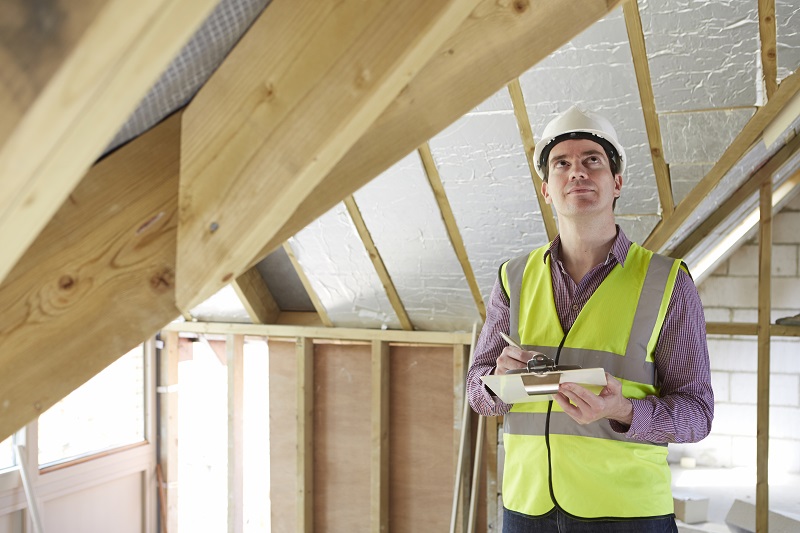Independent certification of homes
Contents |
[edit] Introduction
Achieving standards above minimum requirements can lead to positive outcomes for home occupiers. It is important to ensure these standards are realised in construction (not just in planning and design) and that they are communicated to the home occupier to ensure they understand the full potential of their home.
This applies to most certification schemes, whether it be BREEAM, HQM (Home Quality Mark), Passivhaus, LEED or WELL. While they measure varying aspects and in differing ways, they provide a degree of rigour and comparability in evidence and methodology. Independent, accredited certification can give a benefits for a range of stakeholders to help give them confidence in what is better, and facilitating robust and credible comparisons.
[edit] Home occupiers
Certification provides reassurance, trust and the ability to compare between different homes. With a certificate in place the home occupier can have much greater confidence in the performance of their home, knowing that claims about quality, savings and benefits have been independently verified. This empowers them to make better choices: If two apparently identical houses are available but one has an independent certificate backing up the claimed performance and the other does not, it is it is more likely the certified property will be chosen.
[edit] Developers
The main benefit to developers is differentiation of product against competitors. This can become a key marketing tool in drawing out the benefits of their particular offer.
Passivhaus achieves higher than 90% approval ratings by occupiers. In a survey carried out for HQM, more than 70% of respondents said they would be happy to pay over £750 extra (on a home valued at £300,000) for a certificate demonstrating its overall quality and sustainability.
[edit] Financial sector, health sector, land owners, planners, and so on
Certification also provides evidence for many other sectors. For example, it provides the financial and insurance sector with an additional tool for determining and managing risks. In turn this provides additional reassurance for investment decisions. If such a decision is to be made between two developers, who are building outwardly identical homes, but one is certified, accreditation is likely to add confidence. With growing costs, and reducing budgets in the health sector, certification can also help give reassurance about what developments to encourage.
[edit] Construction industry
Whole house certification and standards also provide the construction industry and its supply chains a number of benefits.
Firstly standards that improve on minimum requirements provide a framework to drive forward the quality and performance delivered by industry. As many certification schemes are linked to research bodies, the income generated from certification helps to fund further research. BREEAM, HQM (and in the past the Code for Sustainable Homes) provide funding to the BRE Trust, which in turn helps fund research.
Furthermore, certification can help pave the way to future regulation, or make it clear that regulation is not appropriated. It can help build the case, by providing evidence and also ways in which it can be measured. If leading developers in industry are already building to higher [voluntary] standards, this learning and product development makes it much cheaper for the rest of industry when (and if) higher standards are integrated into regulations.
This article was originally published by BRE by The value of independent certification of homes. It was first written for UKGBC’s Task Group Report: Health and Wellbeing in Homes.
--BRE Buzz
[edit] Find out more
[edit] Related articles on Designing Buildings Wiki
Featured articles and news
A change to adoptive architecture
Effects of global weather warming on architectural detailing, material choice and human interaction.
How big is the problem and what can we do to mitigate the effects?
Overheating guidance and tools for building designers
A number of cool guides to help with the heat.
The UK's Modern Industrial Strategy: A 10 year plan
Previous consultation criticism, current key elements and general support with some persisting reservations.
Building Safety Regulator reforms
New roles, new staff and a new fast track service pave the way for a single construction regulator.
Architectural Technologist CPDs and Communications
CIAT CPD… and how you can do it!
Cooling centres and cool spaces
Managing extreme heat in cities by directing the public to places for heat stress relief and water sources.
Winter gardens: A brief history and warm variations
Extending the season with glass in different forms and terms.
Restoring Great Yarmouth's Winter Gardens
Transforming one of the least sustainable constructions imaginable.
Construction Skills Mission Board launch sector drive
Newly formed government and industry collaboration set strategy for recruiting an additional 100,000 construction workers a year.
New Architects Code comes into effect in September 2025
ARB Architects Code of Conduct and Practice available with ongoing consultation regarding guidance.
Welsh Skills Body (Medr) launches ambitious plan
The new skills body brings together funding and regulation of tertiary education and research for the devolved nation.
Paul Gandy FCIOB announced as next CIOB President
Former Tilbury Douglas CEO takes helm.
UK Infrastructure: A 10 Year Strategy. In brief with reactions
With the National Infrastructure and Service Transformation Authority (NISTA).
Ebenezer Howard: inventor of the garden city. Book review.
Airtightness Topic Guide BSRIA TG 27/2025
Explaining the basics of airtightness, what it is, why it's important, when it's required and how it's carried out.























